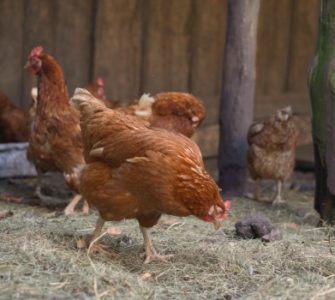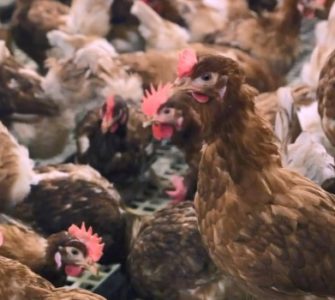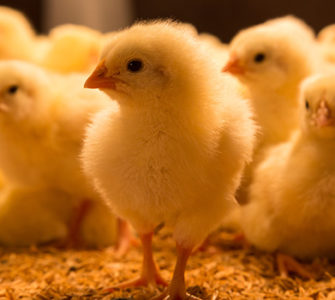Distinctive condition affects layers as well as turkeys, broilers
A disease commonly seen in turkey and broiler flocks can also affect layers, meaning that producers should look out for its distinctive signs.
Clostridium septicum dermatitis was recently found across multiple sites of a single company, Michaela Olson, DVM, of Wilson Veterinary Care, told Poultry Health Today. The diagnosis began with a mortality spike and unusual feedback when dead birds were sent for further analysis.
“The farm sent in whole birds to the lab, and they came back with the lab saying ‘these birds are just too decomposed to even look at; please send in fresh birds.’ So they sent in more birds, and it just kept repeating itself,” Olsen said.
“Finally, there was a diagnostician at the lab that said, ‘hey, wait a minute, this kind of looks like what we see in broilers and turkeys — gangrenous dermatitis. So let’s look into this further.’ And so he did, and took some samples. Sure enough, it came back as Clostridium septicum.”
A caged-system issue only?
To date, disease has only arisen in caged systems, with Olsen speculating that the bacteria may be entering birds via skin damaged on their housing or a condition such as coccidiosis causing dysbacteriosis of the gut.
“Clostridium is a ubiquitous bacterium on the skin of chickens and in poultry houses, and it’s usually not harmful. But if something like cocci is causing that dysbacteriosis, then that can take over and become a ‘bad bacteria,’” she continued.
The outbreak in question was brought under control by reintroducing probiotics into birds’ diets, which had previously been removed for cost reasons. The farms are using a probiotic mix which worked well against C. septicum isolates recovered from sites, while water sanitation and acidification have also been introduced across all farms.
Looking beyond E. coli for bacterial issues
Layer producers and their veterinarians should be mindful of the possibility of the disease when seeing mortality increase, particularly when coupled with a “decomposed look” when birds are opened up. While bacterial conditions in layers are often “shrugged off” as Escherichia coli, she noted, digging a little deeper can bring rewards.
“If you think [the birds] have that decomposed look to them, it might not just be E. coli…it’s worth taking a look at,” she added.
“It’s not something that’s going to cost a lot of money, so if it happens to not be [C. septicum dermatitis], then so what? You’ve checked it off your list and done your due diligence.”
Posted on December 15, 2022

















